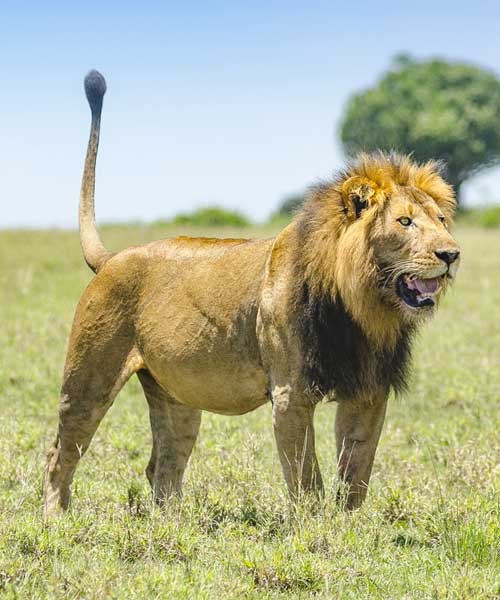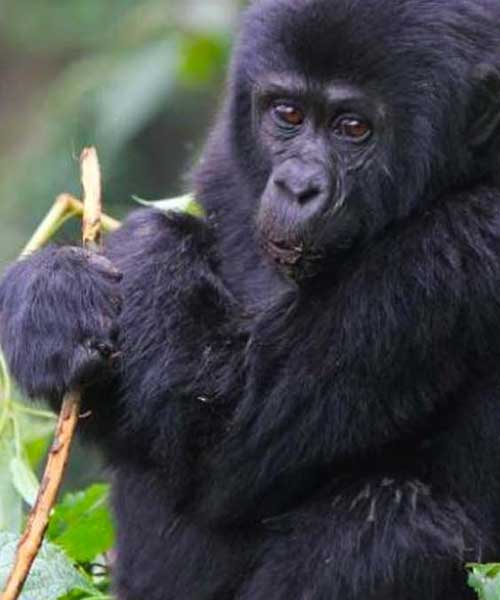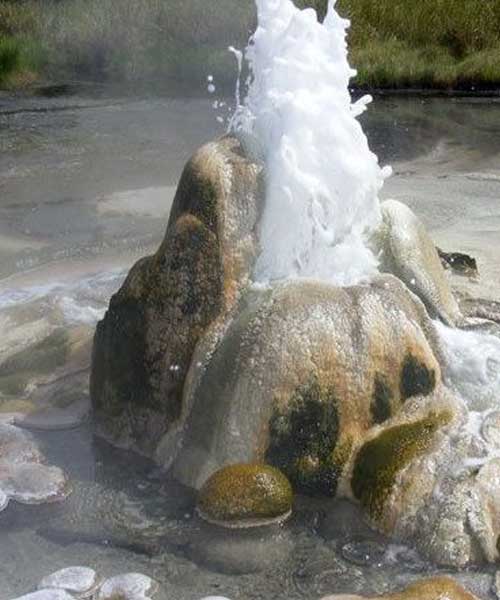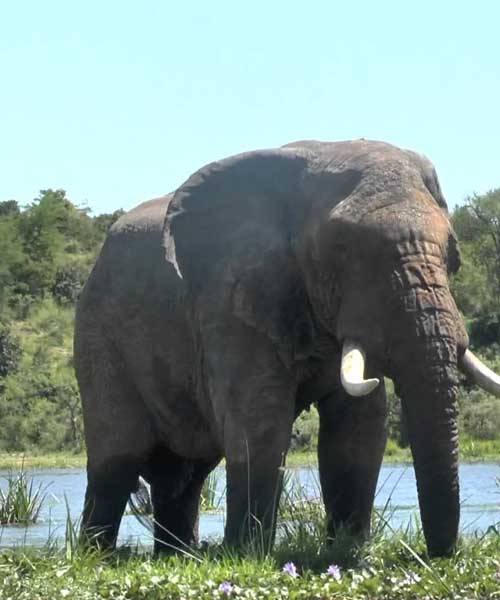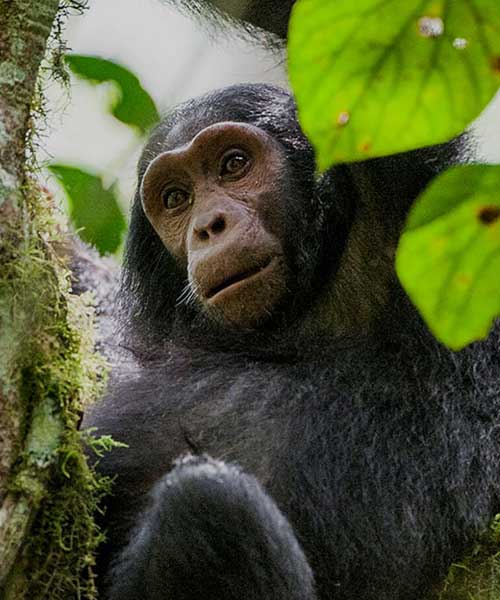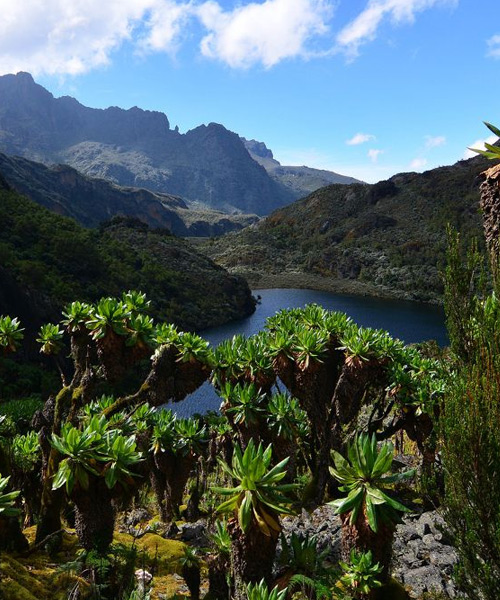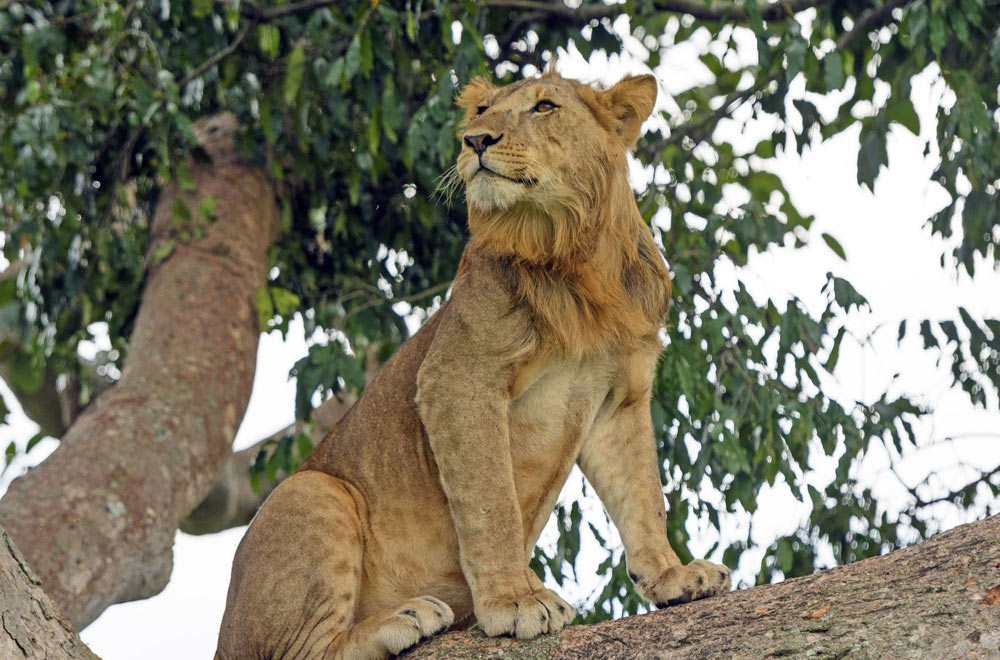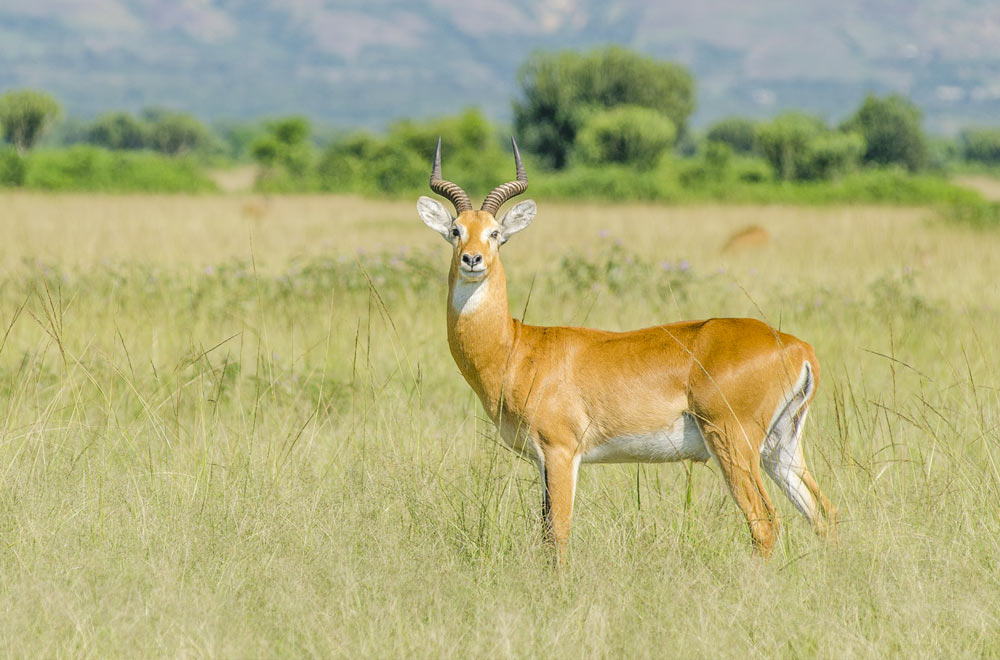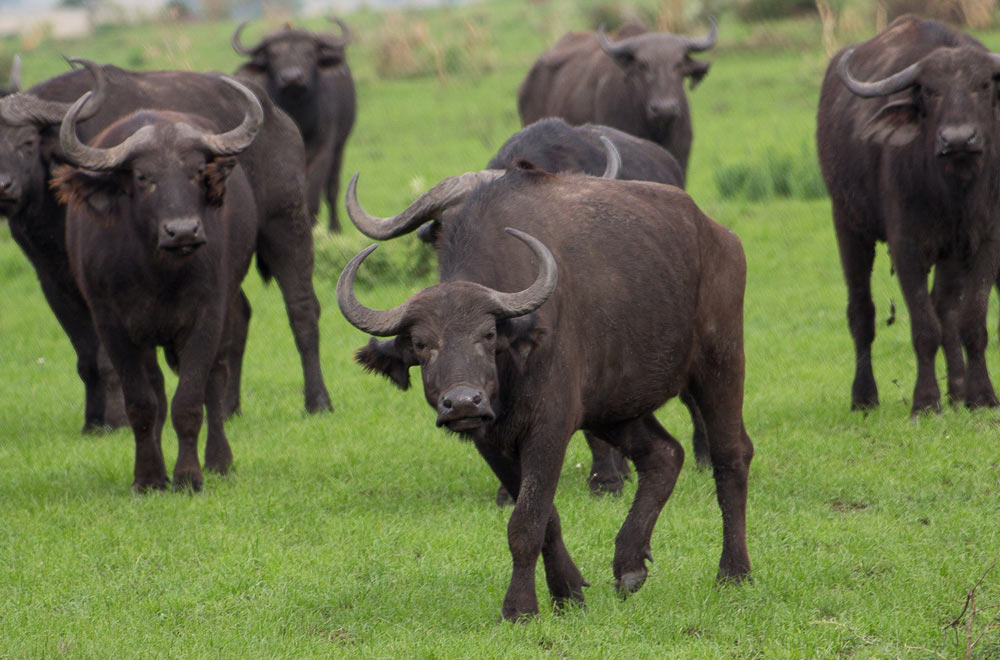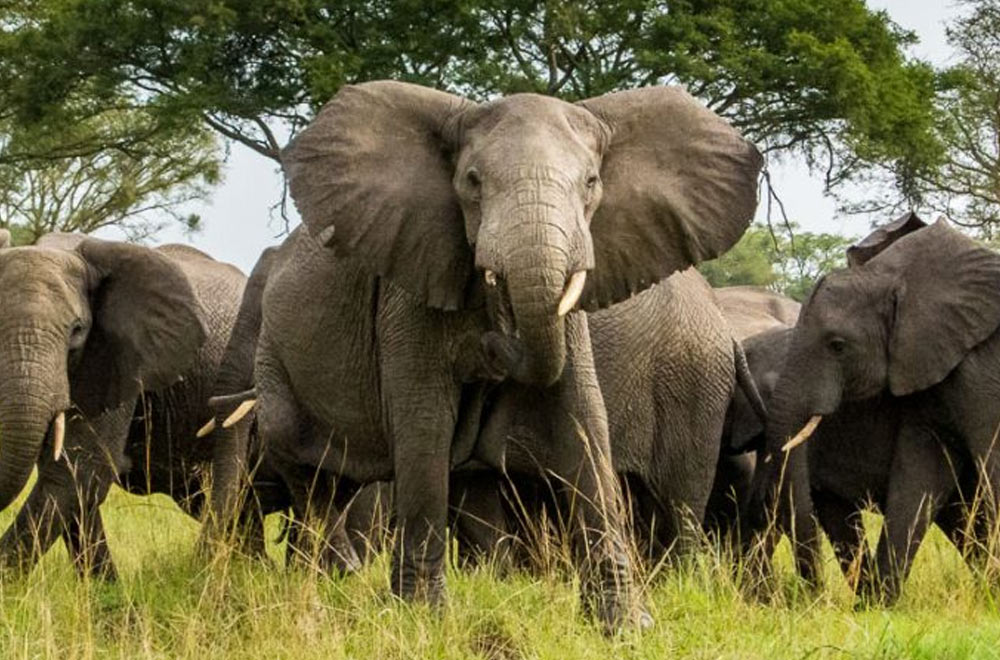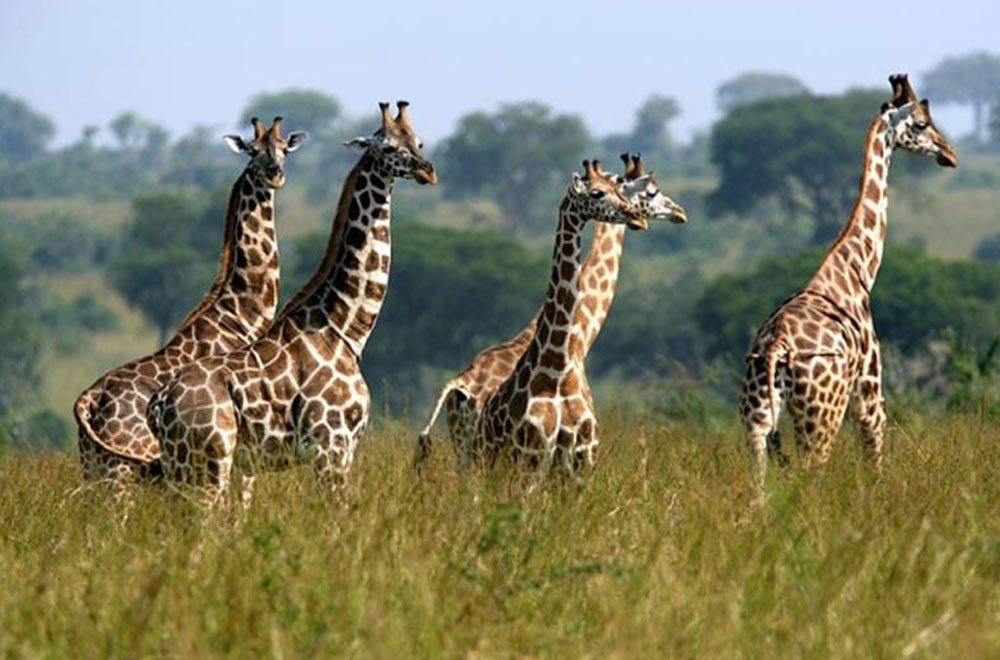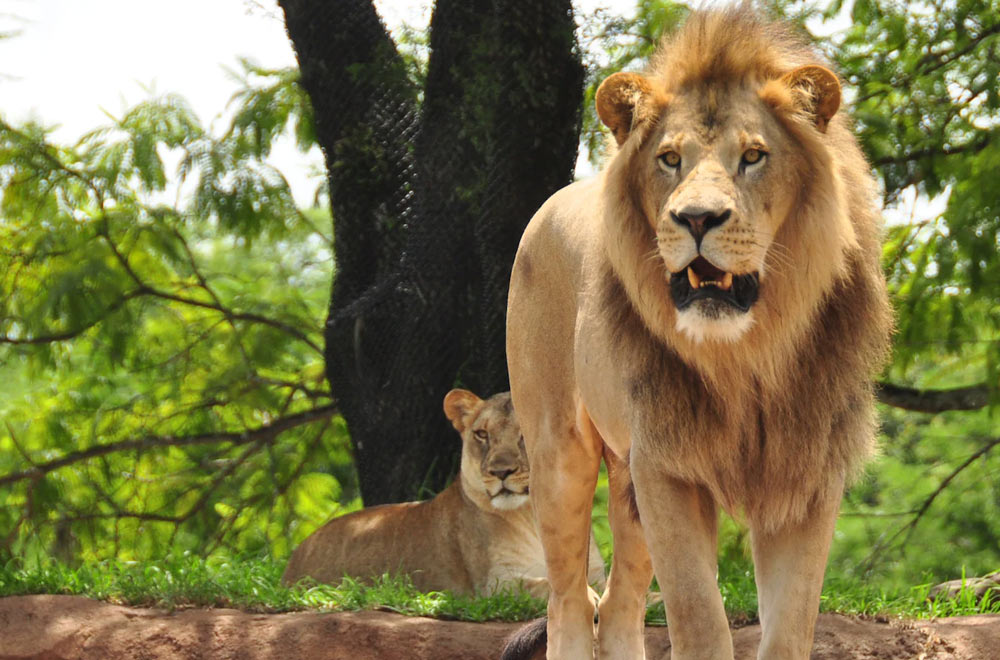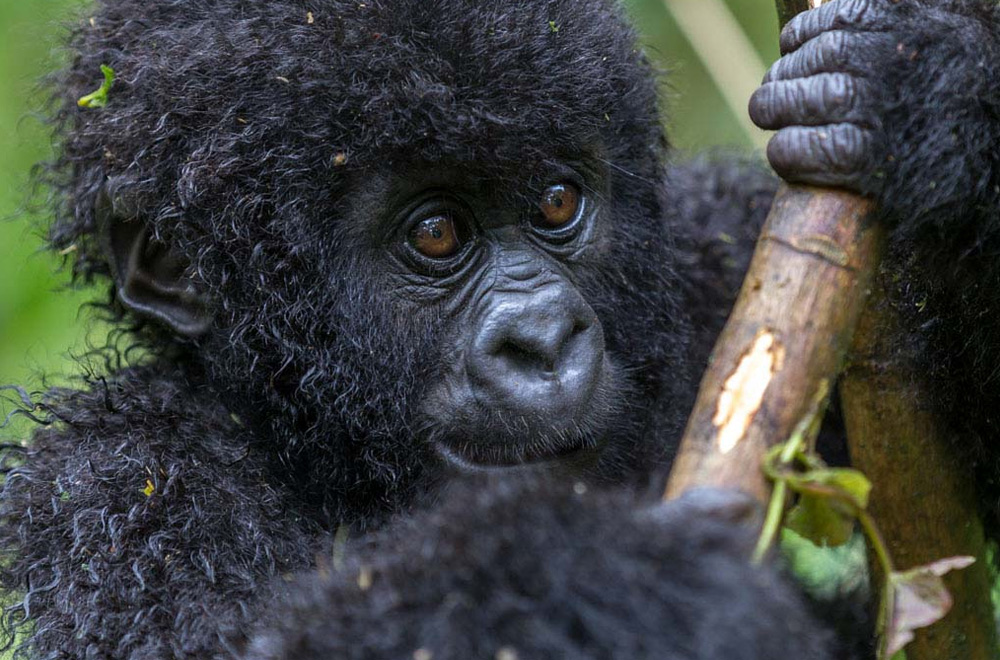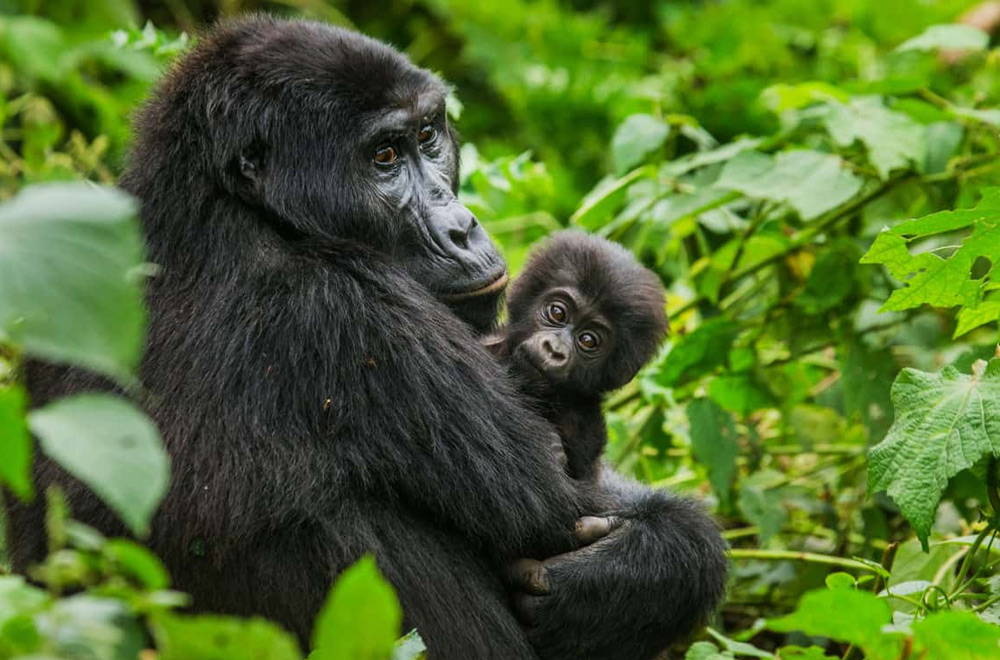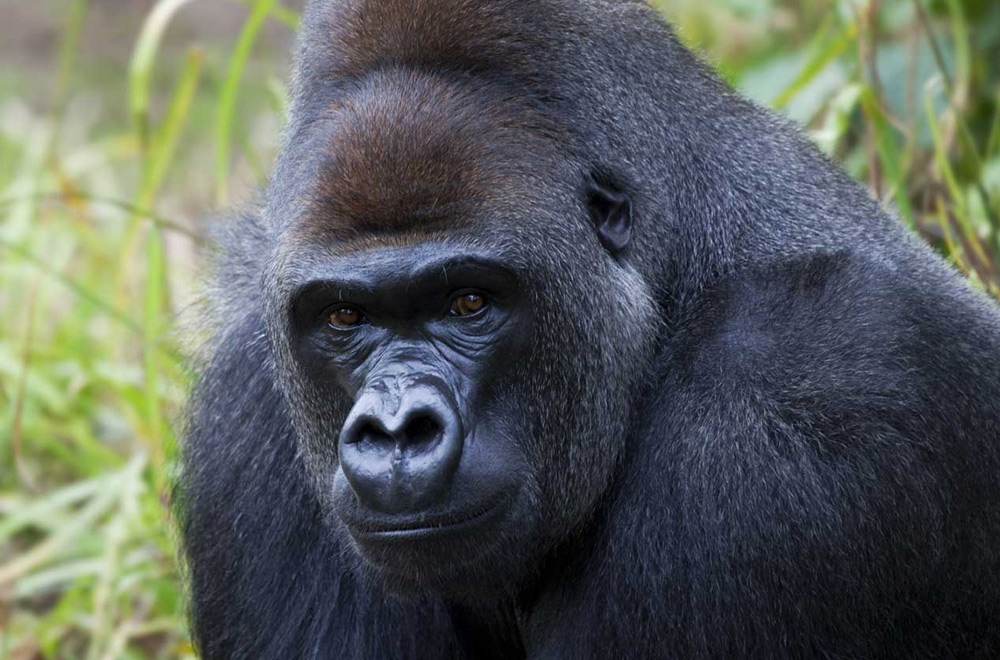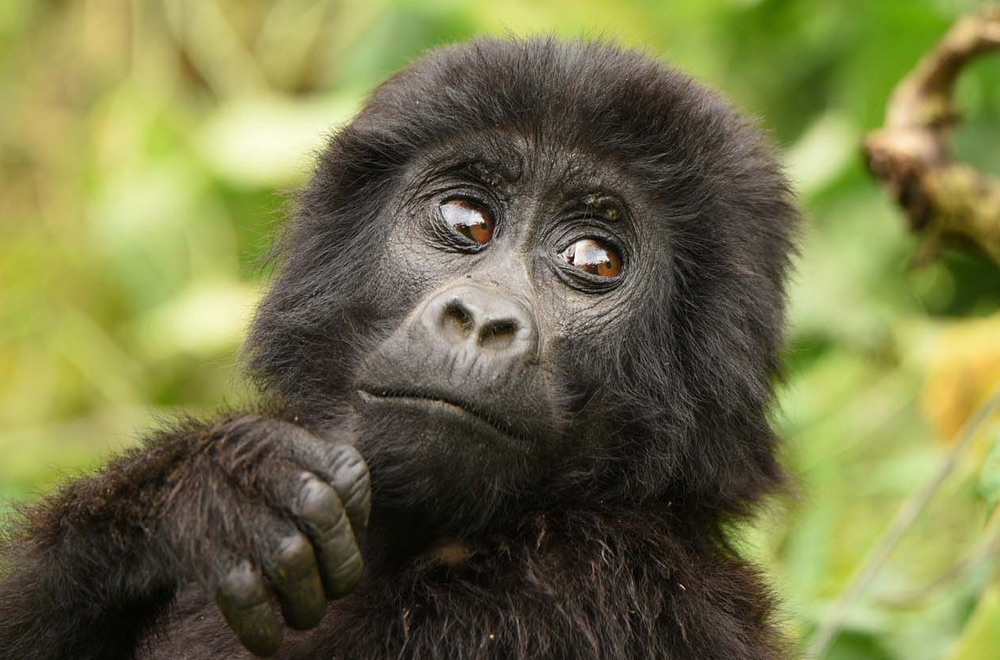Queen Elizabeth National Park Overview
Queen Elizabeth National Park is understandably Uganda’s most popular tourist destination. The park’s diverse ecosystems, which include sprawling savanna, shady, humid forests, sparkling lakes and fertile wetlands, make it the ideal habitat for classic big game, ten primate species including chimpanzees and over 600 species of birds.
Set against the backdrop of the jagged Rwenzori Mountains, the park’s magnificent vistas include dozens of enormous craters carved dramatically into rolling green hills, panoramic views of the Kazinga Channel with its banks lined with hippos, buffalo and elephants, and the endless Ishasha plains, whose fig trees hide lions ready to pounce on herds of unsuspecting Uganda kob.
As well as its outstanding wildlife attractions, Queen Elizabeth National Park has a fascinating cultural history. There are many opportunities for visitors to meet the local communities and enjoy storytelling, dance, music and more. The gazetting of the park has ensured the conservation of its ecosystems, which in turn benefits the surrounding communities.
Find Map
About National Park
Area
137 km²
Visitors
66,808
Weather
Hot
Establish
1960
Review
500
Rating
4.5 / 5
Best Time To Visit
Queen Elizabeth National Park is open all-year-long. Although wildlife viewing is at its best in the dry seasons from January to February and June to July, this scenic park is at its most beautiful in the Wet seasons from March to May and August to December. April, May, August and September are very wet months and during that time, the rain might interfere with your safari.
High Season
June to September (There are many visitors in Uganda as this is a premium time for gorilla trekking)
Low Season
April, May, October and November (There are fewer people in the park)
Best Weather
June to July and January to February (Less rainfall)
Worst Weather
April, May and September to October (High rainfall, some roads become impassable)
Talk to someone who has been there
Tell us what you are looking for in a travel experience and let us do the hard work for you. The best travel experiences are ones that are tailored to you.



